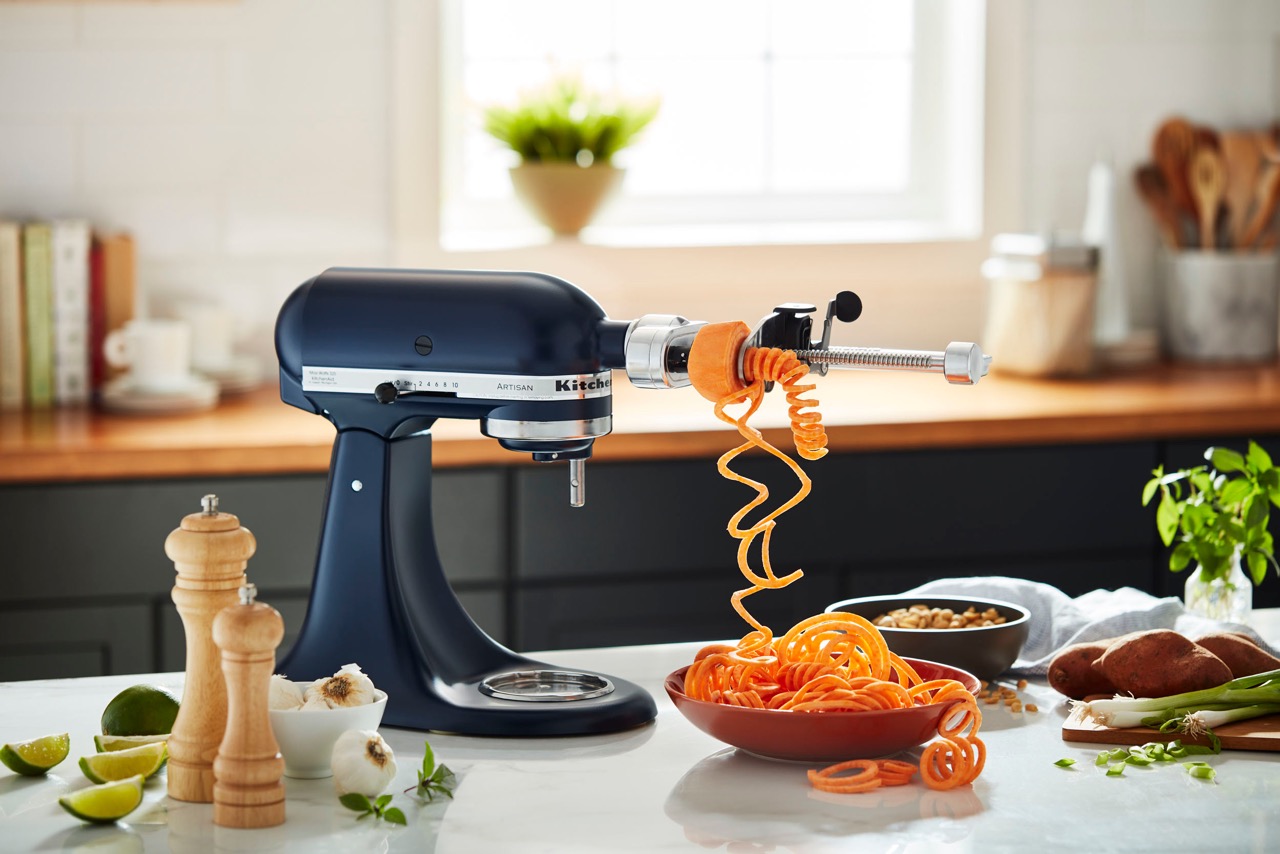

Articles
When Was The First Kitchenaid Mixer Made
Modified: January 18, 2024
Discover the fascinating history of Kitchenaid mixers with our comprehensive article. Find out when the first Kitchenaid mixer was made and how it revolutionized home cooking.
(Many of the links in this article redirect to a specific reviewed product. Your purchase of these products through affiliate links helps to generate commission for Storables.com, at no extra cost. Learn more)
Introduction
Welcome to the fascinating history of KitchenAid mixers! In today’s modern kitchens, the KitchenAid mixer has become an indispensable tool for chefs, bakers, and cooking enthusiasts. From whipping cream to kneading dough, these mixers offer versatility and efficiency in the culinary world. But have you ever wondered when the first KitchenAid mixer was made? In this article, we’ll delve into the early origins, invention, and evolution of the beloved KitchenAid mixer.
KitchenAid mixers have a long and storied history that dates back over a century. The brand has become synonymous with quality, innovation, and durability. Before KitchenAid mixers came on the scene, kitchen appliances were primarily hand-operated and lacked the convenience and reliability of modern electric mixers.
However, in the early 1900s, a revolution was taking place in home cooking. The demand for time-saving and efficient kitchen appliances was increasing rapidly. This paved the way for the birth of the iconic KitchenAid mixer.
As the first electric stand mixer to be introduced to the market, the KitchenAid mixer quickly gained popularity among both professional and home bakers. Its innovative design and powerful performance made it a game-changer in the culinary world. Let’s explore the early origins and the journey behind the invention of the first KitchenAid mixer.
Key Takeaways:
- The first KitchenAid mixer, introduced in 1919, revolutionized baking and mixing tasks, setting the standard for performance, reliability, and design in kitchen appliances.
- With its enduring legacy, the KitchenAid mixer has become a cultural icon, representing tradition, celebration, and the joy of cooking, inspiring culinary creativity worldwide.
Read more: When Was Glass First Made
Early Origins of KitchenAid
The story of the KitchenAid mixer begins in 1914, when the Hobart Manufacturing Company introduced the first stand mixer for commercial use. Known as the Model H-5, this mixer was designed to meet the needs of professional bakers in industrial settings.
At that time, the majority of mixing tasks in baking were done by hand, which was labor-intensive and time-consuming. The Model H-5 revolutionized the baking industry by offering a more efficient and convenient method of mixing ingredients. Its design featured a motor that powered a rotating attachment, allowing for easier and faster mixing.
In 1919, the Hobart Manufacturing Company introduced the first home version of the stand mixer, called the Model H-5 “KitchenAid”. The name “KitchenAid” was chosen to reflect the versatility and aid it provided in the kitchen. It was an instant success and quickly gained popularity among homemakers who wanted to simplify their daily culinary tasks.
The KitchenAid mixer was initially offered in a single color – white – and came with a set of attachments for various tasks. These attachments included dough hooks, beaters, and whisks, allowing users to handle a wide range of mixing needs.
During the 1920s, KitchenAid mixers became a staple in American households. They were prized not only for their functionality but also for their durability and reliability. The all-metal construction and high-quality craftsmanship ensured that KitchenAid mixers could withstand the rigors of frequent use for years to come.
The early KitchenAid mixers were known for their iconic design, featuring a smooth, rounded shape and a distinctive logo. This timeless design has remained largely unchanged throughout the years, standing as a testament to the brand’s commitment to both form and function.
With the success of the KitchenAid mixer in homes across America, Hobart Manufacturing Company recognized the potential for further development and expansion. In 1949, KitchenAid was sold to the Whirlpool Corporation, which continued to innovate and improve upon the original design.
Today, KitchenAid mixers are available in a wide range of colors and models, offering advanced features such as multiple speed settings, larger capacity, and improved attachments. Despite these advancements, the spirit of the original KitchenAid mixer remains intact – providing users with a dependable and versatile tool to unleash their culinary creativity.
Invention and Development of the First KitchenAid Mixer
The invention and development of the first KitchenAid mixer is a testament to the ingenuity and dedication of the engineers behind it. The initial concept for the mixer stemmed from a desire to create a more efficient and user-friendly appliance for mixing tasks in both commercial and home kitchens.
It was Herbert Johnston, an engineer from the Hobart Manufacturing Company, who played a pivotal role in designing the first KitchenAid mixer. Johnston, inspired by the laborious process of hand mixing, set out to create a machine that could automate and streamline the mixing process.
Johnston’s design featured a stand mixer with a large capacity bowl, a motorized base, and a rotating agitator. This innovative design allowed for hands-free mixing, freeing up the user’s hands for other tasks. Johnston also incorporated planetary action, where the mixing attachment simultaneously rotates in one direction while orbiting the bowl in the opposite direction. This ensured thorough and consistent mixing.
The first KitchenAid mixer, the Model H-5, used a powerful electric motor to drive the mixing attachments. The motor was specifically designed to withstand the demands of repeated use, making it ideal for both commercial and home applications. The all-metal construction of the mixer provided stability and durability, allowing it to handle even the toughest mixing tasks.
Over time, the KitchenAid mixer underwent several improvements and refinements. In the 1930s, the design was updated to include a tilt-head feature, which allowed for easier access to the mixing bowl and attachments. This enhancement made it effortless to add ingredients or scrape down the sides of the bowl during the mixing process.
As technology advanced, so did the KitchenAid mixer. Additional speed settings were introduced, giving users greater control over the mixing process. The attachments were also enhanced and expanded to include options such as pasta rollers, meat grinders, and citrus juicers, further extending the versatility of the mixer.
Throughout the years, KitchenAid continued to innovate and refine their mixers, introducing new models with increased power, larger bowl capacities, and improved control features. Despite these advancements, the original design principles and features that made the first KitchenAid mixer a success remained intact.
Today, KitchenAid mixers are loved by professional chefs and home cooks alike for their reliability, performance, and versatility. They have become an essential tool in countless kitchens worldwide, enabling users to effortlessly tackle a wide range of baking and cooking tasks. The invention and development of the first KitchenAid mixer laid the foundation for a culinary revolution that continues to shape the way we approach food preparation.
Launch and Initial Reception
When the first KitchenAid mixer was introduced to the public in 1919, it quickly garnered attention and acclaim for its innovative design and functionality. The KitchenAid mixer made its debut at the National Home Builders Show in Chicago, where it captured the interest of both homemakers and professionals in the culinary industry.
The KitchenAid mixer was an instant hit, captivating consumers with its sleek and stylish appearance, along with its promise of effortless and efficient mixing. The initial reception was overwhelmingly positive, as people recognized the potential of this new kitchen appliance to revolutionize the way they prepared food.
Word quickly spread about the performance and reliability of the KitchenAid mixer, leading to increased demand. Home cooks were eager to embrace this new tool that simplified their cooking and baking tasks. The mixer offered a level of convenience and precision that was unmatched by other appliances of the time.
Notably, the KitchenAid mixer found success not just in domestic settings, but also in professional kitchens. Chefs and bakers were able to increase their productivity and achieve consistent results with the help of this powerful and versatile appliance. The mixer’s ability to handle large quantities of ingredients and easily incorporate various attachments made it a valuable asset in commercial food preparations.
As the popularity of the KitchenAid mixer grew, so did the brand’s reputation for quality and durability. Consumers marveled at the robustness of the mixer, experiencing firsthand its ability to withstand frequent use and heavy-duty mixing tasks. The all-metal construction and attention to detail in the design cemented the KitchenAid mixer as a reliable and long-lasting investment.
Throughout the years following its debut, the KitchenAid mixer continued to gather accolades and win over the hearts of users worldwide. Home cooks praised its versatility, as it could be used for everything from whipping cream to kneading dough. The mixer became an essential tool in countless kitchens, enabling users to explore their culinary creativity and achieve professional-level results.
From the beginning, KitchenAid set a high standard for customer satisfaction and support. The company prioritized customer feedback, using it to inform continuous improvements and innovation in their products. This commitment to meeting and exceeding customer expectations further solidified the KitchenAid brand as a leader in the industry.
Today, the KitchenAid mixer continues to be an iconic and beloved appliance in kitchens around the world. Its launch and initial reception paved the way for the brand’s enduring success, setting the stage for future innovations and advancements in the culinary world.
The first KitchenAid stand mixer was introduced in 1919 by the Hobart Corporation, and it was originally designed for professional use in commercial kitchens.
Evolution and Improvements Over the Years
Since its initial launch, the KitchenAid mixer has undergone significant evolution and continuous improvements, ensuring that it remains at the forefront of kitchen technology. Over the years, KitchenAid has listened to customer feedback, incorporated innovative features, and expanded its product line to meet the evolving needs of users.
One notable advancement in the evolution of KitchenAid mixers was the introduction of new models with increased power and larger bowl capacities. This allowed users to tackle more demanding mixing tasks and efficiently handle larger batches of dough or batter.
Another significant improvement was the addition of multiple speed settings. This feature provided users with greater control over the mixing process, enabling them to achieve precise results for different recipes and ingredients. The ability to adjust the speed allowed users to gently fold ingredients together, whip air into batters, or knead dough to perfection.
In response to customer demand, KitchenAid expanded its range of attachments. The original mixer came with basic attachments such as dough hooks, beaters, and whisks. However, as the brand’s popularity grew, so did the variety of attachments available. Pasta rollers, food grinders, citrus juicers, and spiralizers were just a few of the new accessories that offered users even more versatility in their culinary creations.
Furthermore, advancements in technology led to the introduction of new features like planetary mixing action, where the attachment rotates around the bowl, ensuring thorough and consistent mixing. This innovative design became a hallmark of KitchenAid mixers and contributed to their continued success.
One significant development in recent years has been the incorporation of smart technology into KitchenAid mixers. These smart mixers include features such as built-in scales, touchscreen displays, and connectivity options. Users can now access recipes, control their mixer remotely, and receive notifications through smartphone apps.
The design of the KitchenAid mixer has also seen some enhancements. While the classic, timeless silhouette has remained largely consistent, new color options and finishes have been introduced to suit various kitchen aesthetics. KitchenAid mixers have become a statement piece in kitchen décor, allowing users to express their style and personality.
Throughout its evolution, KitchenAid has maintained its commitment to quality and craftsmanship. The all-metal construction that was a hallmark of the original mixer is still present in today’s models, ensuring durability and long-lasting performance.
The continuous improvement and innovation of KitchenAid mixers have made them the go-to choice for both professional chefs and home cooks. These advancements have not only enhanced the mixing experience but also opened up new possibilities in the kitchen, empowering users to explore their culinary creativity and achieve outstanding results.
Read more: When Was The First Quilt Made
Legacy and Impact of the First KitchenAid Mixer
The introduction of the first KitchenAid mixer marked a significant turning point in the culinary world. Its innovative design, functionality, and reliability have left a lasting legacy and had a profound impact on the way we approach food preparation.
The KitchenAid mixer revolutionized the way baking and mixing tasks were accomplished in both commercial and home kitchens. Its introduction eliminated the need for laborious hand mixing, saving time and effort for cooks and bakers. The convenience and efficiency offered by the mixer allowed users to focus on other aspects of their recipes and experiment with new culinary creations.
The versatility of the KitchenAid mixer, with its range of attachments, opened up new possibilities in the kitchen. Users could effortlessly switch between dough kneading, whisking, beating, and more, all with a single appliance. This versatility not only made cooking and baking more accessible but also encouraged culinary exploration and creativity.
The enduring popularity of the KitchenAid mixer can be attributed to its exceptional quality and durability. Built to withstand the rigors of frequent use, the mixer became a reliable and trusted companion in countless kitchens. Its solid construction, craftsmanship, and attention to detail set the standard for kitchen appliances.
Furthermore, the success of the KitchenAid mixer set the stage for future innovations in the kitchen appliance industry. Other manufacturers recognized the demand for efficient mixing solutions and followed suit, but KitchenAid remained a frontrunner, continuously improving and expanding its product line.
The iconic design of the KitchenAid mixer played a significant role in its lasting impact. The smooth, rounded shape and signature logo have become instantly recognizable symbols of quality and craftsmanship. The timeless design has transcended generations, making the KitchenAid mixer a cherished heirloom passed down through families.
Beyond its practical impact, the KitchenAid mixer has become a cultural symbol associated with traditions, celebrations, and gatherings. It occupies a special place in the hearts of home cooks and professional chefs alike, invoking memories of delicious meals, homemade baked goods, and shared moments in the kitchen.
The legacy of the first KitchenAid mixer extends beyond its functionality and craftsmanship. It represents innovation, convenience, and a commitment to culinary excellence. It has become an integral part of kitchens around the world, enabling users to elevate their cooking and baking prowess.
Today, KitchenAid continues to build on the legacy of the first mixer, offering a diverse range of products and accessories that cater to the evolving needs and preferences of users. The impact of the first KitchenAid mixer is a testament to its enduring legacy and its lasting influence on the way we approach cooking, baking, and the culinary arts.
Conclusion
The first KitchenAid mixer, introduced in 1919, marked a significant milestone in the culinary world. Its innovative design, convenience, and versatility revolutionized the way baking and mixing tasks were accomplished. Over the years, KitchenAid mixers have evolved and improved, incorporating new features and advancements while maintaining their commitment to quality and craftsmanship.
The KitchenAid mixer’s impact extends far beyond its practical functionality. It has become a cultural icon, representing tradition, celebration, and the joy of cooking. Its timeless design and enduring performance have made it a beloved companion in countless kitchens worldwide.
From the early origins of the brand to the introduction of smart technology and a wide range of attachments, the KitchenAid mixer has continuously adapted to meet the changing needs of users. It has inspired culinary creativity, enabling users to explore new recipes, techniques, and flavors.
The legacy of the KitchenAid mixer is a testament to its enduring influence on the culinary landscape. Its introduction paved the way for future innovations in kitchen appliances, setting the standard for performance, reliability, and design. Chefs, bakers, and home cooks alike have come to rely on the KitchenAid mixer as an essential tool in their culinary endeavors.
Today, KitchenAid mixers continue to be a symbol of quality, craftsmanship, and culinary excellence. They have become a beloved heirloom, passed down from one generation to the next, carrying with them the memories of cherished family recipes and shared moments in the kitchen.
In conclusion, the first KitchenAid mixer holds a special place in the hearts of culinary enthusiasts worldwide. Its invention and subsequent evolution have had a profound impact on the way we approach food preparation, providing us with a reliable, versatile, and powerful tool to unleash our creativity in the kitchen.
Frequently Asked Questions about When Was The First Kitchenaid Mixer Made
Was this page helpful?
At Storables.com, we guarantee accurate and reliable information. Our content, validated by Expert Board Contributors, is crafted following stringent Editorial Policies. We're committed to providing you with well-researched, expert-backed insights for all your informational needs.
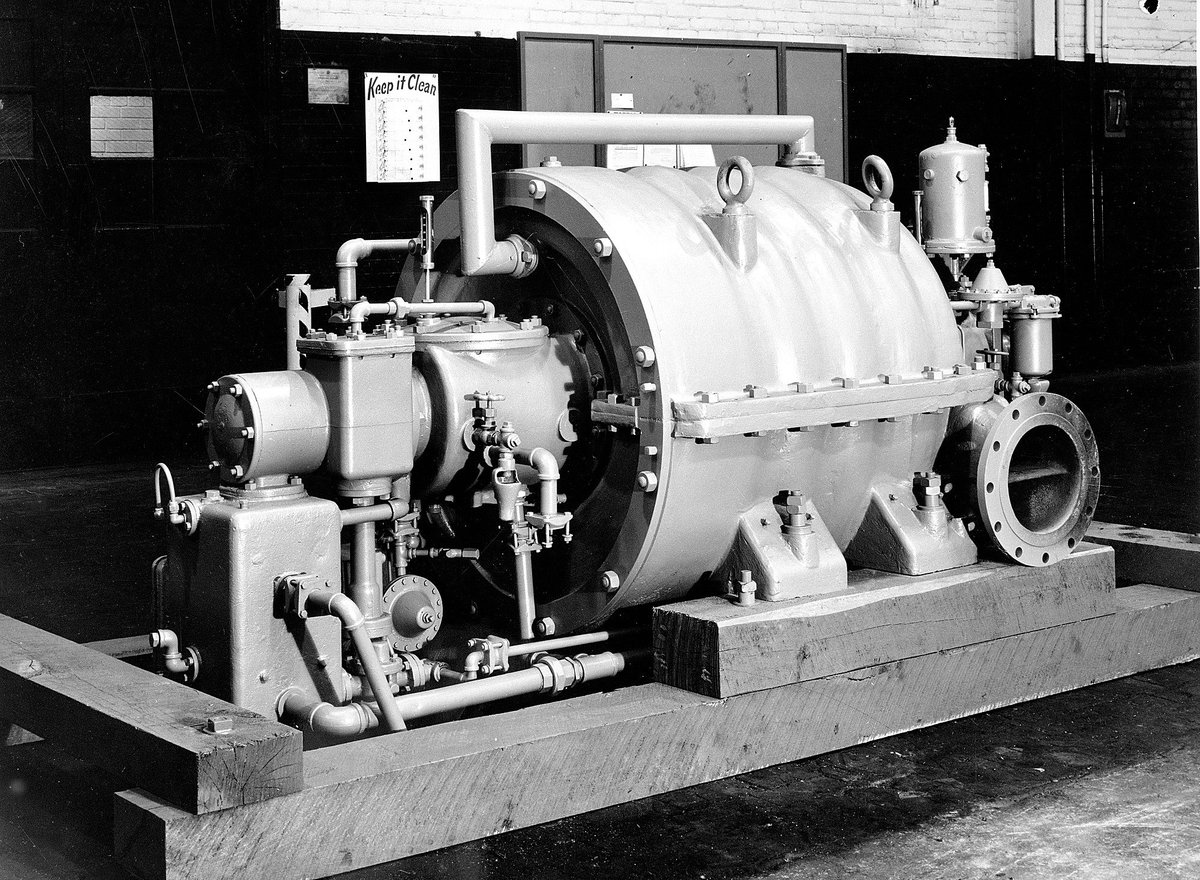

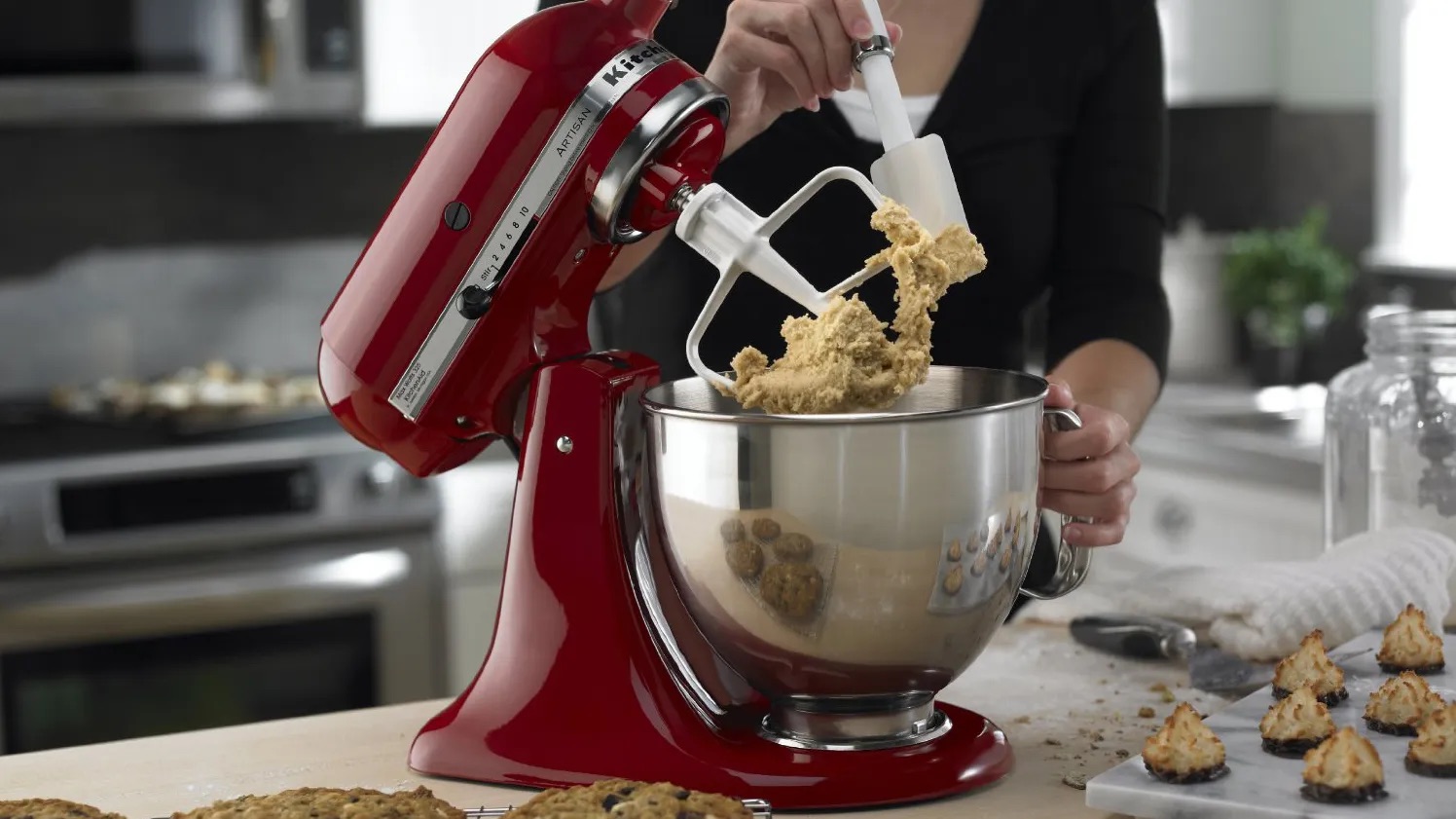
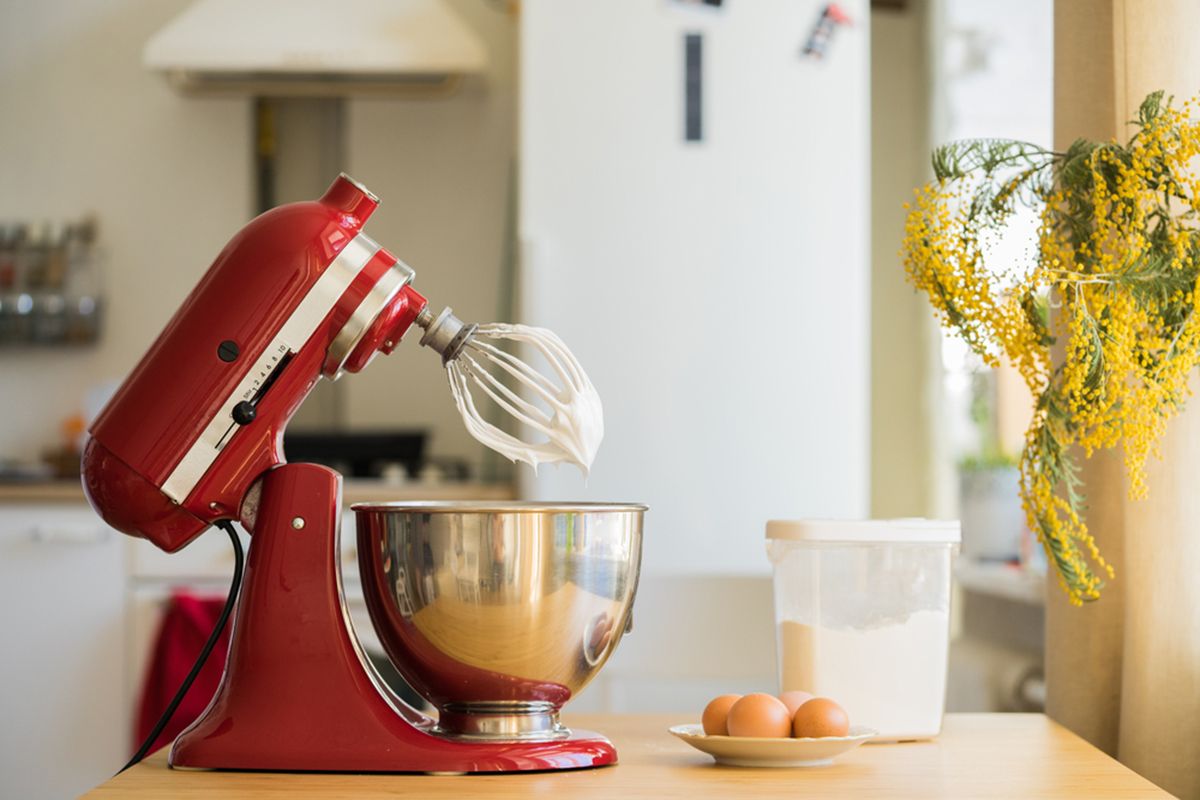
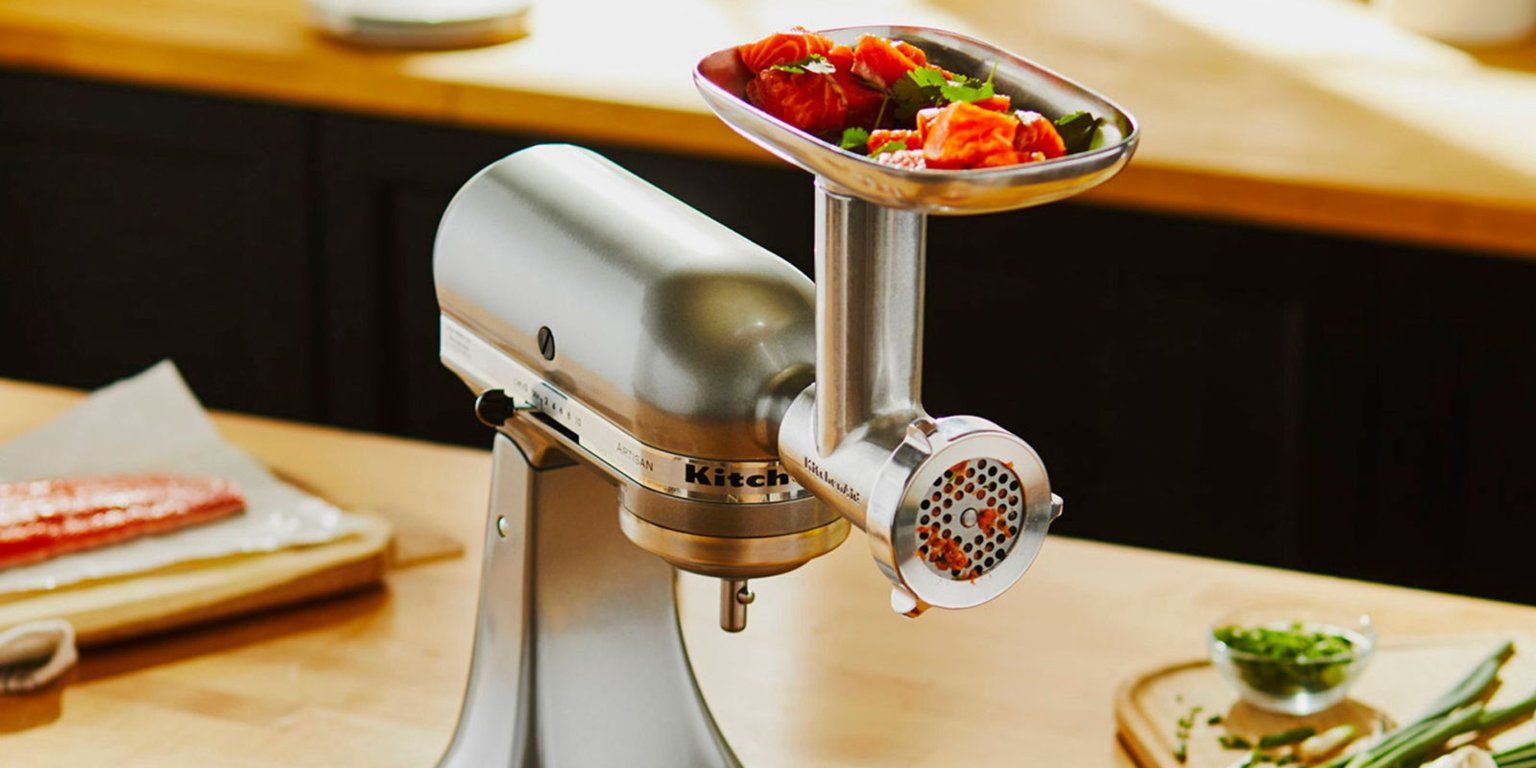
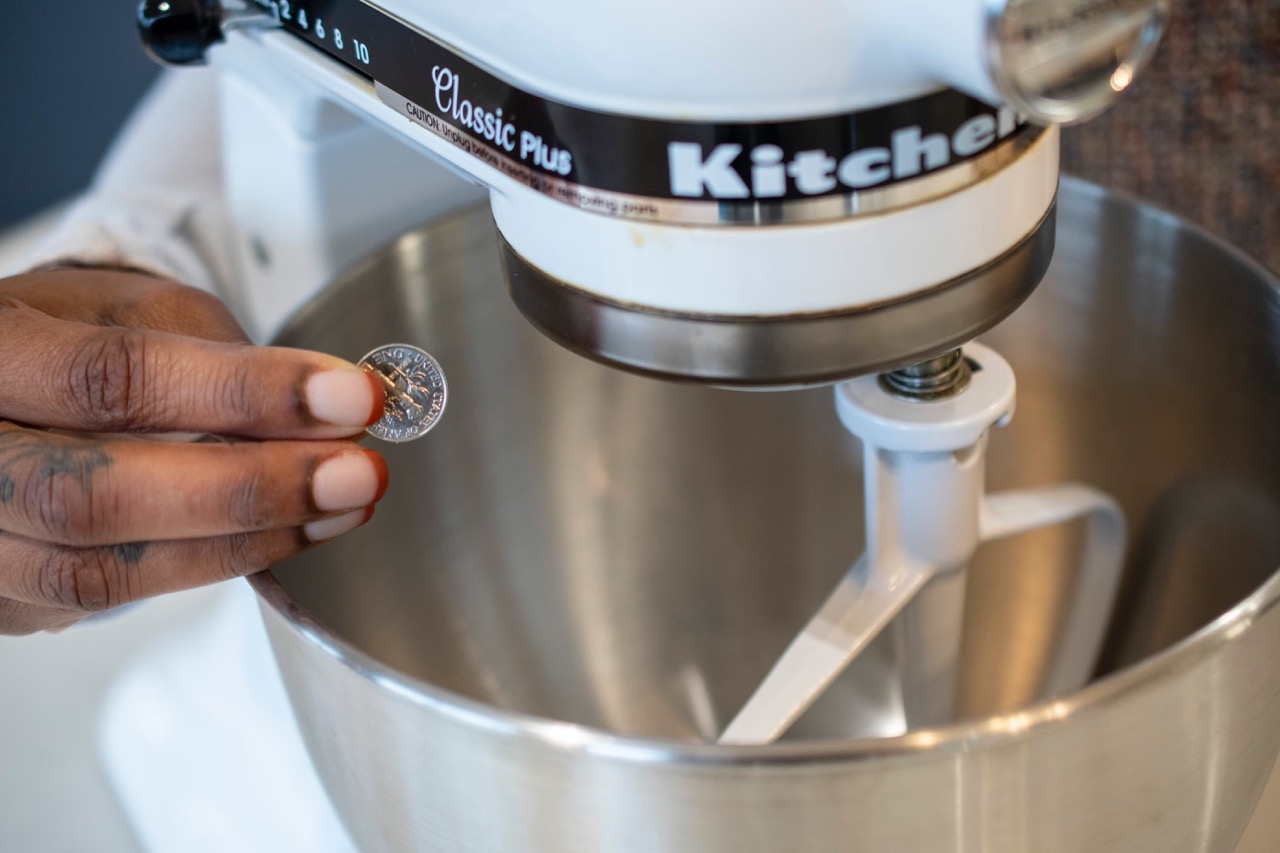
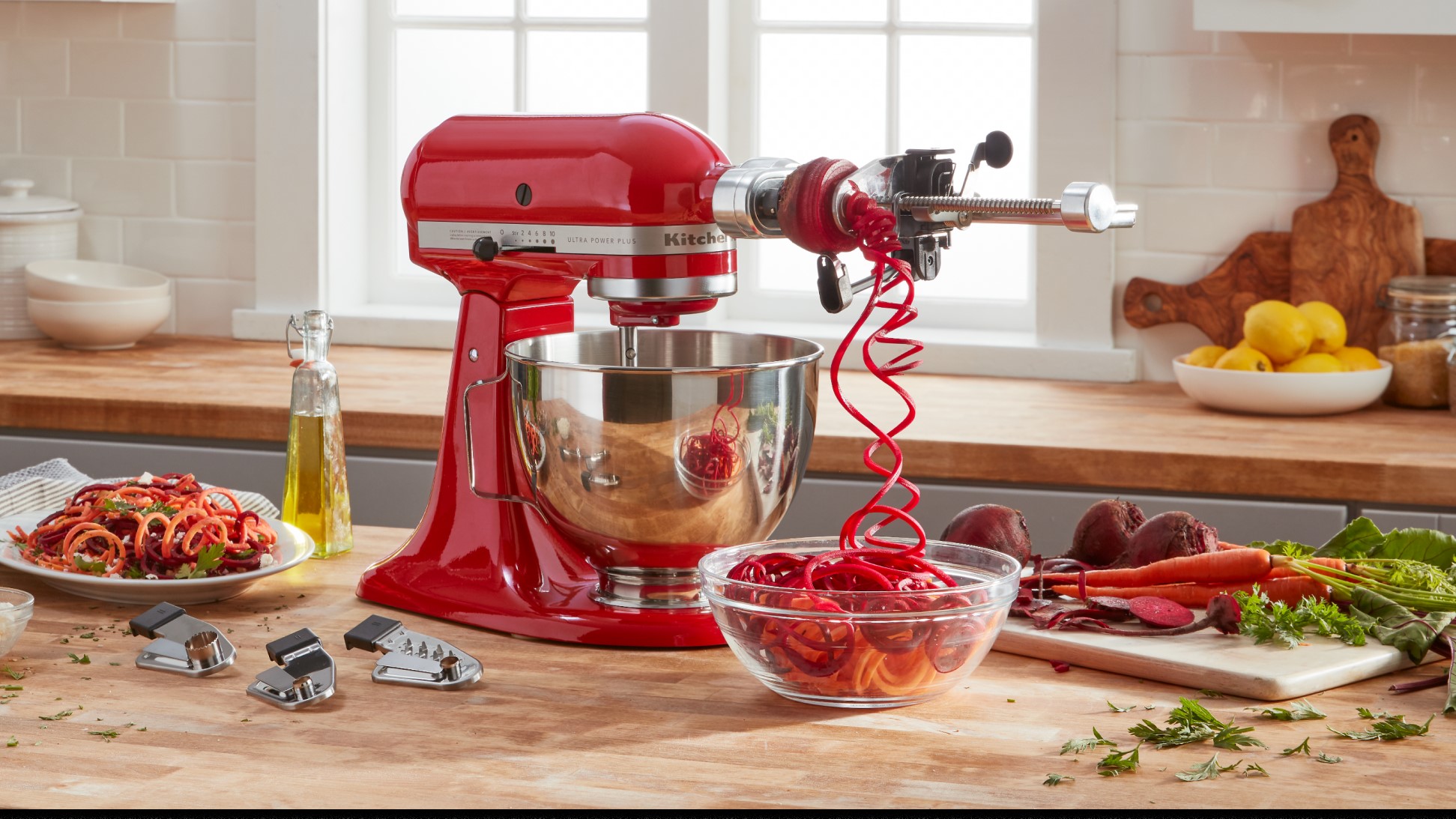
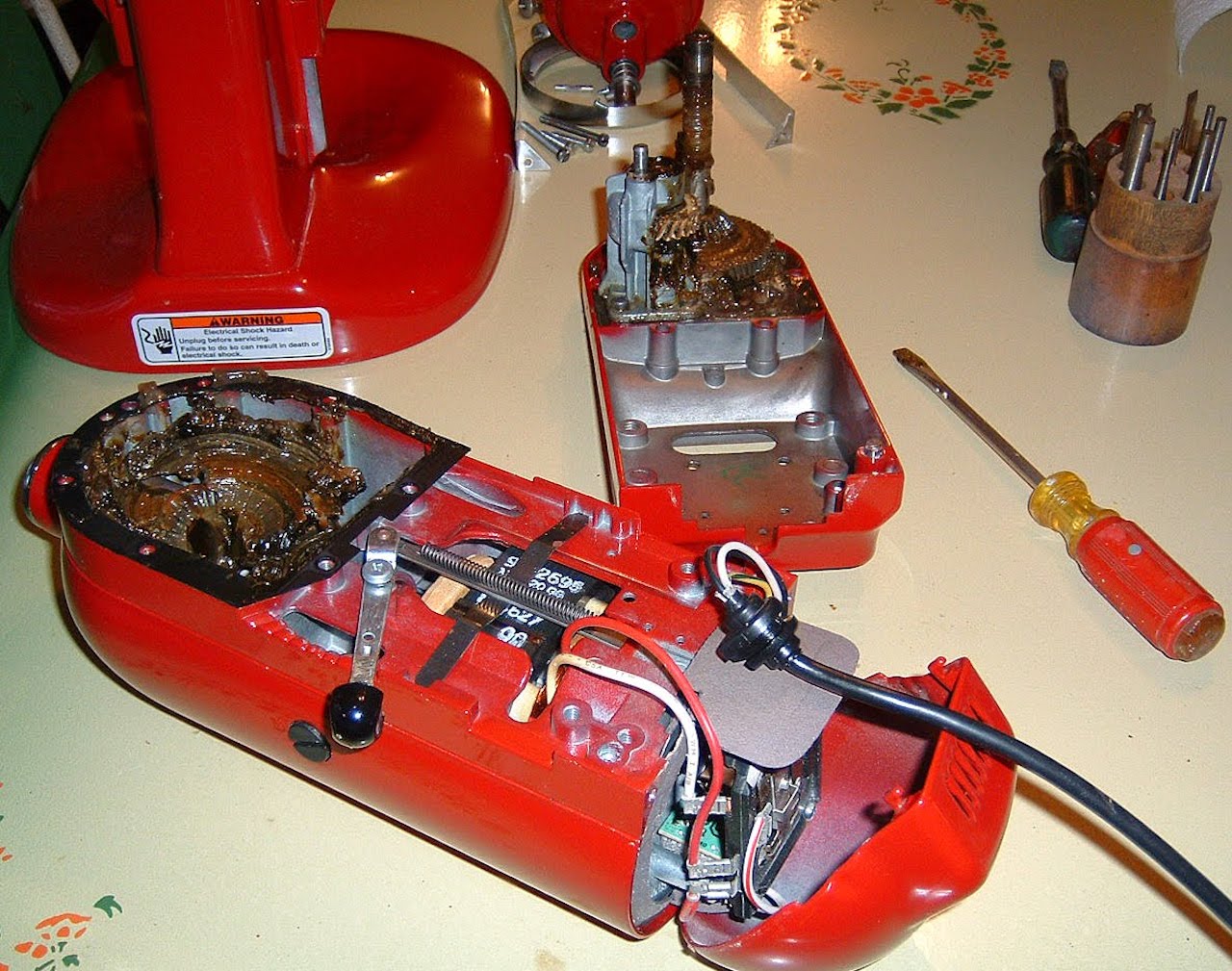
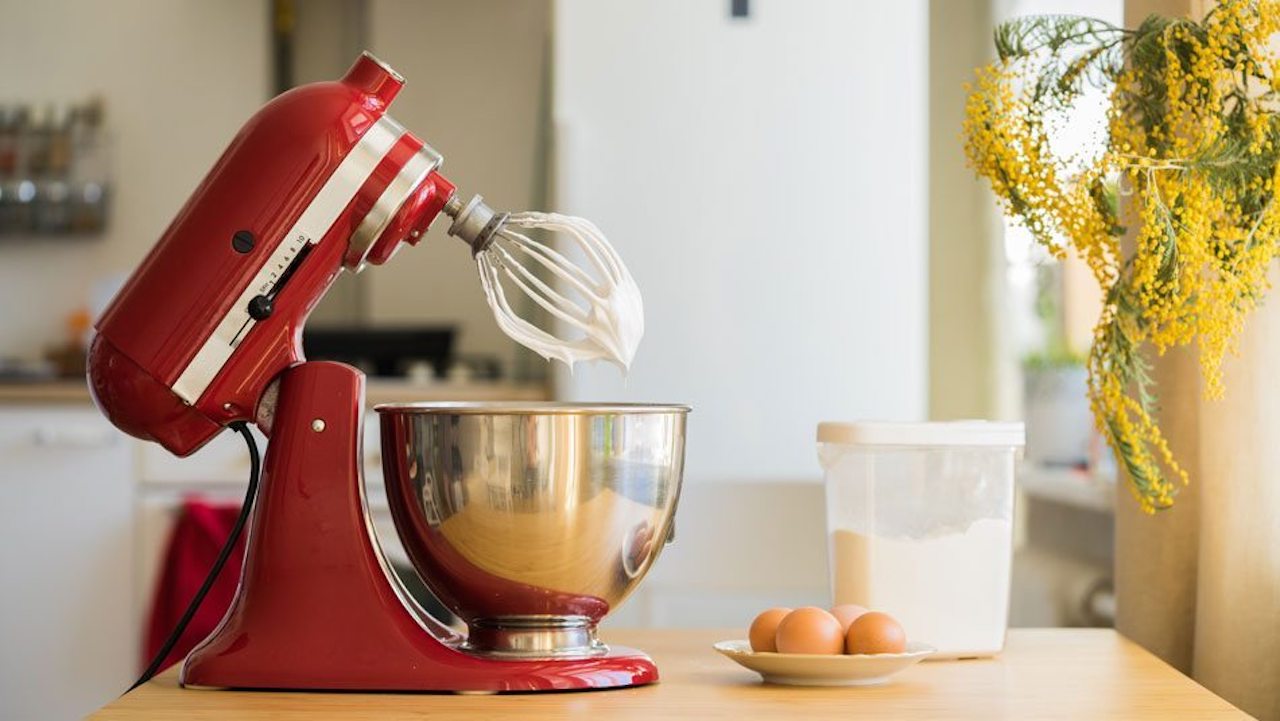
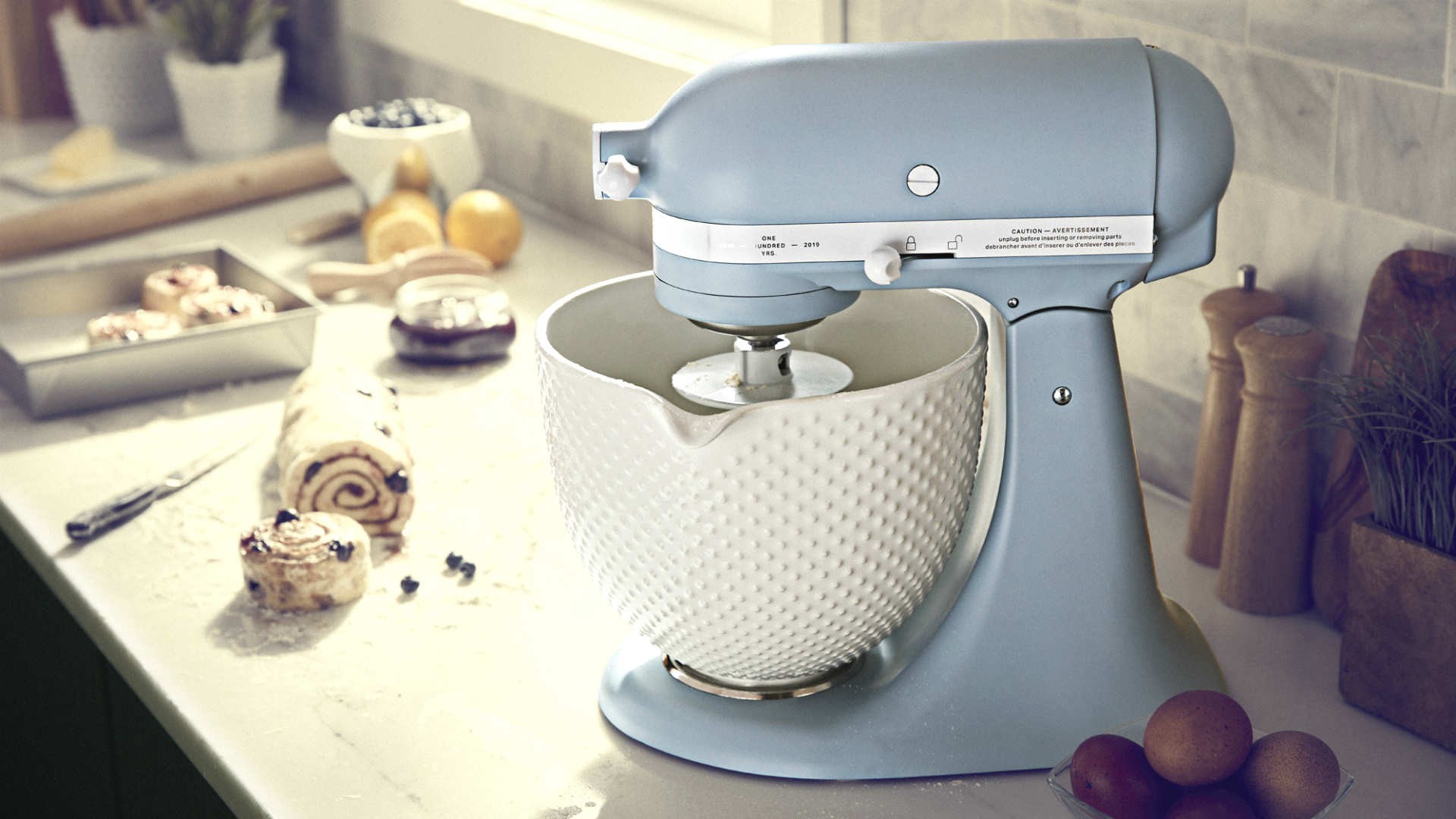
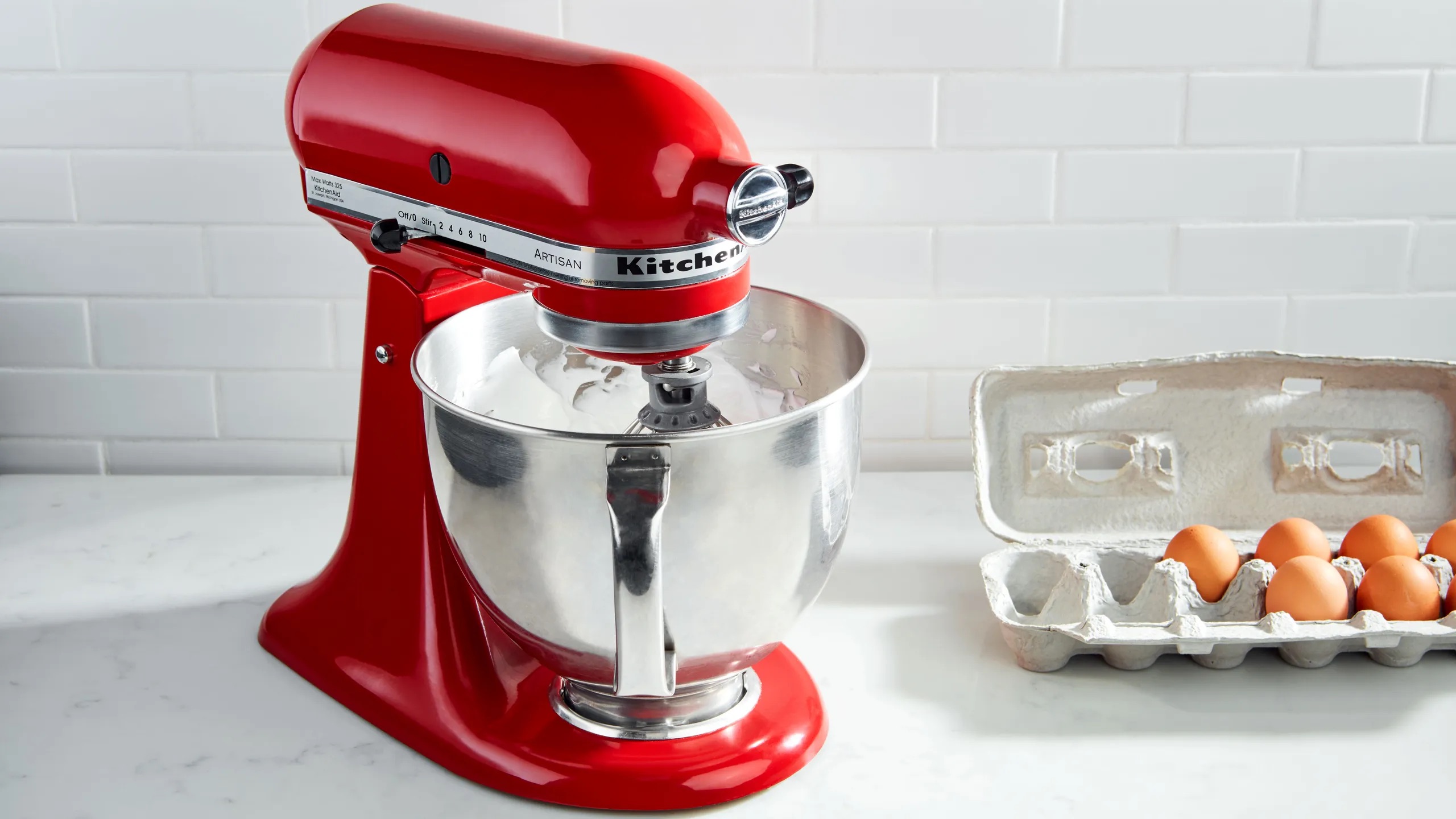
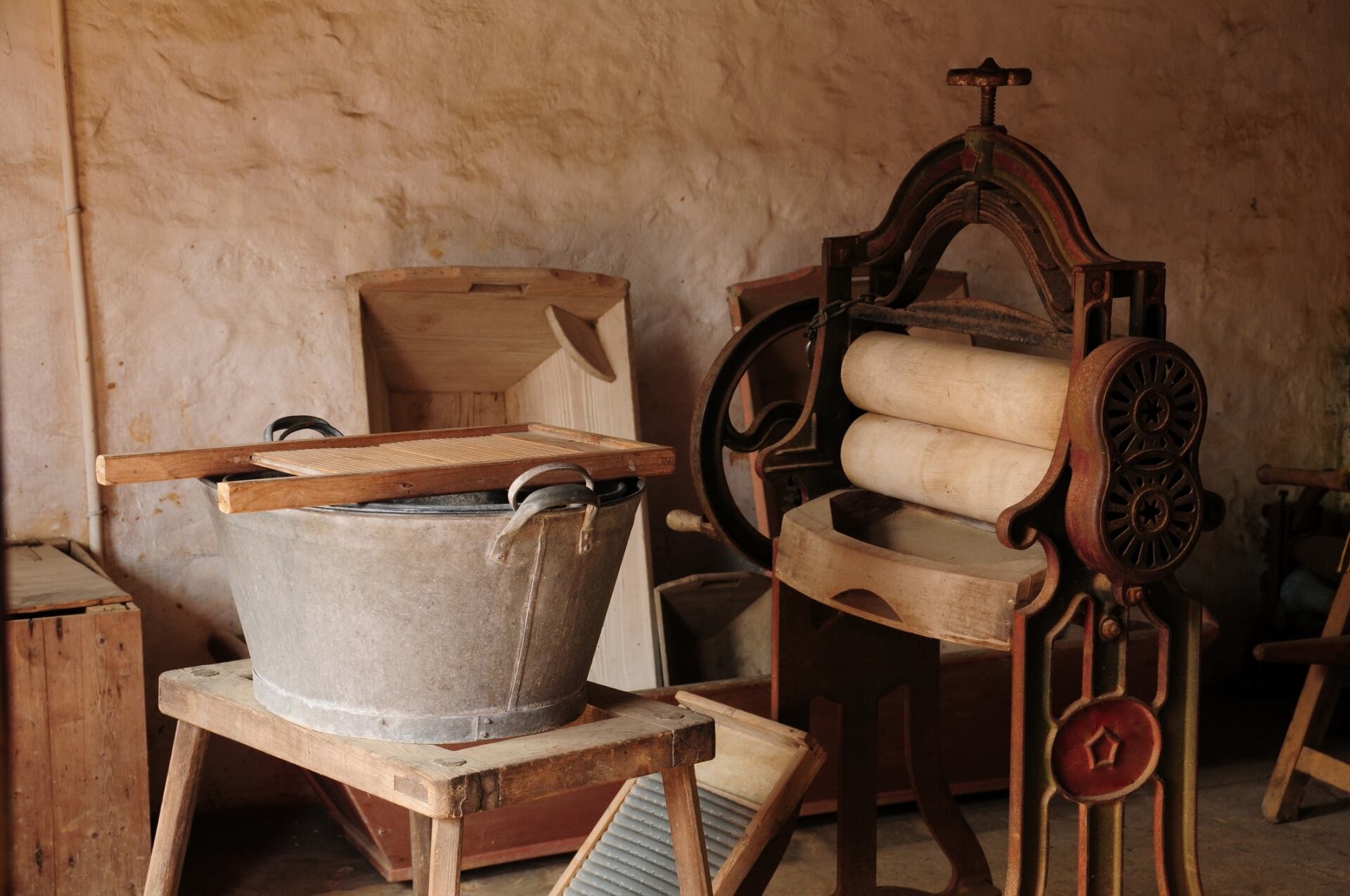
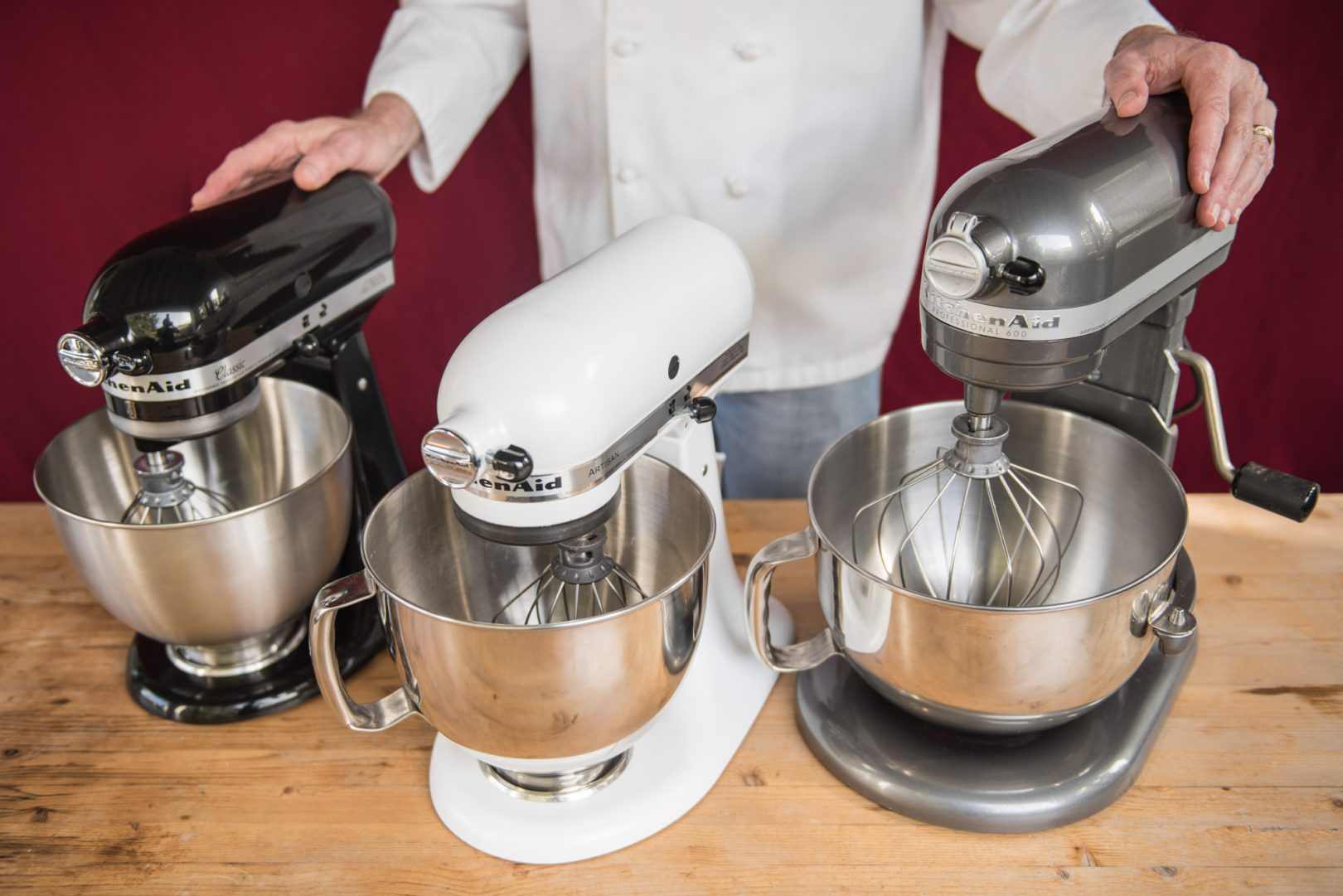
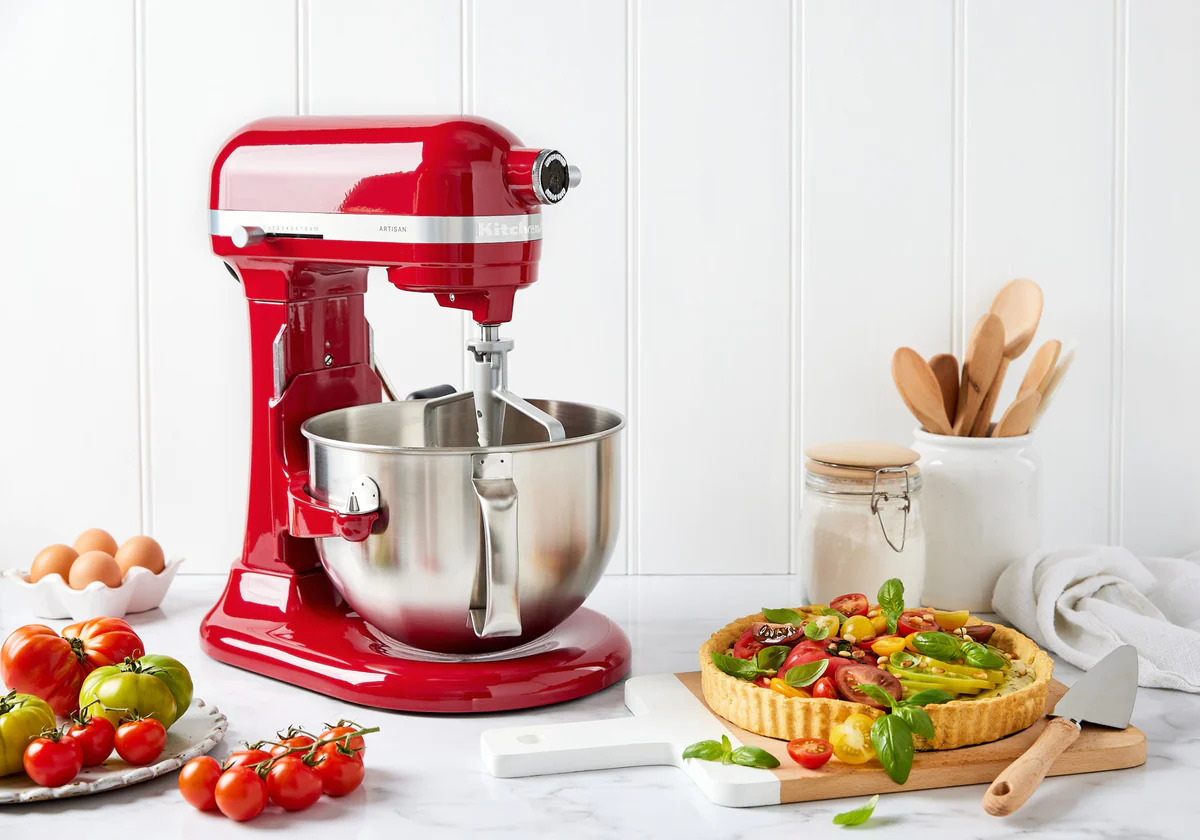

0 thoughts on “When Was The First Kitchenaid Mixer Made”